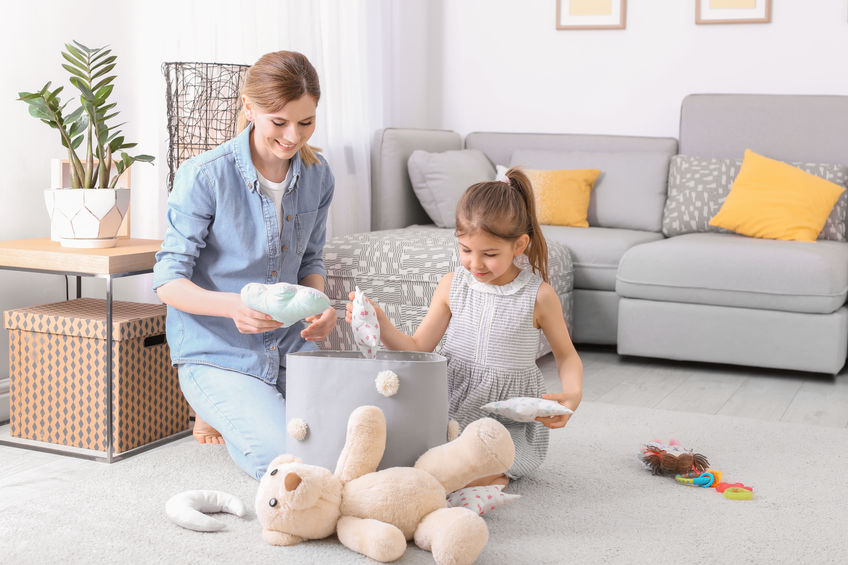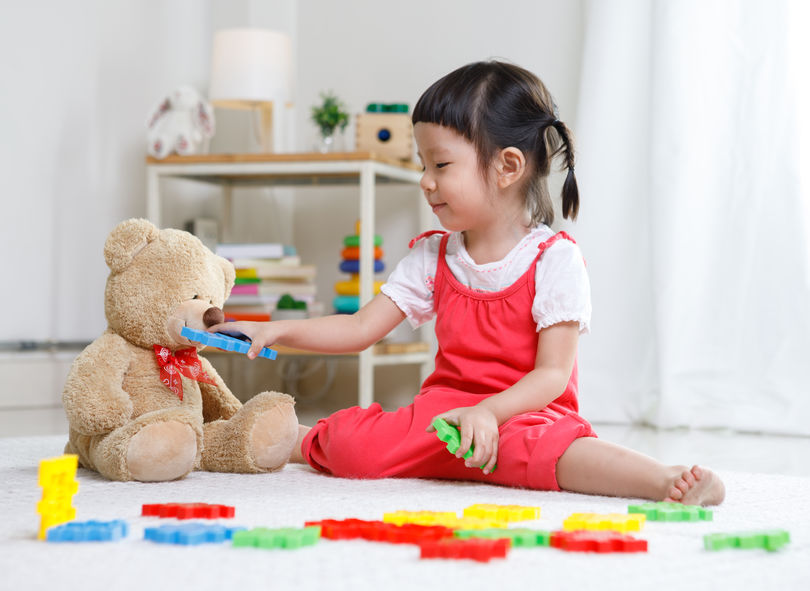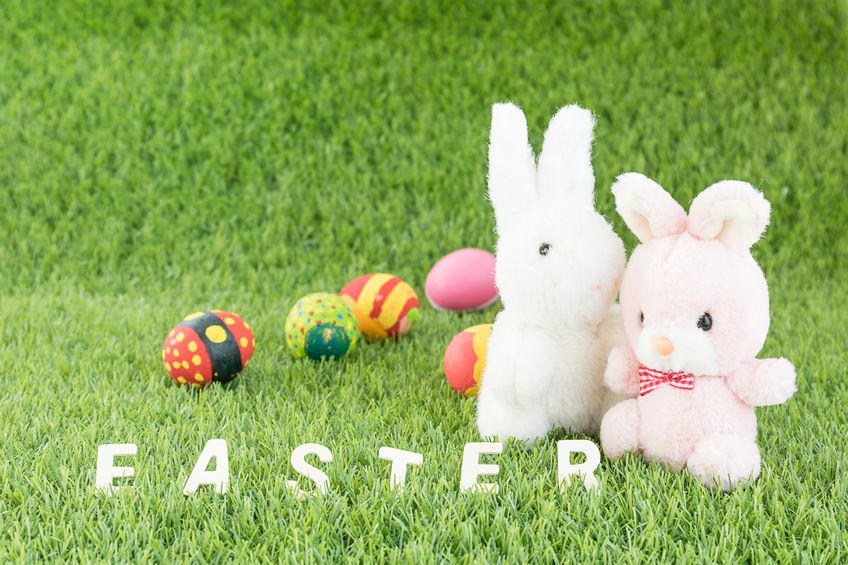
There’s something magical about bringing a stuffed animal to life with your own hands—but what really makes it special is how you make it your own. Personalizing a stuffable animal transforms it from a simple toy into a cherished friend full of character and meaning. Whether you’re helping your child create a companion or planning a group activity, adding personal touches makes the experience even more memorable.
Let’s look at five fun and easy ways to personalize a stuffable animal:
1) Dress It Up with Outfits That Reflect Personality
From cozy pajamas to firefighter uniforms, dressing your plush friend is one of the best ways to showcase its personality. Outfits can reflect your child’s interests, match a party theme, or even represent a future career dream. Switching outfits with the seasons or holidays is another fun way to keep the play going all year long!
2) Add a Custom T-Shirt with a Name or Message
A custom T-shirt with your child’s name, a special date, or a meaningful phrase makes the stuffed animal feel uniquely theirs. Custom shirts are especially great for birthdays, classroom parties, or team celebrations. They also make excellent keepsakes that children will treasure for years to come.
3) Fill Out a Birth Certificate Together
Giving your stuffable animal a name, birthdate, and favorite things helps build a connection through pretend play. A birth certificate turns a simple toy into a character with its own backstory, encouraging creativity and emotional bonding during playtime.
4) Accessorize with Shoes, Hats, and More
Accessories take customization to the next level. Add-on items like shoes, hats, sunglasses, or even backpacks allow kids to match their animals to their own style. Whether preparing for a pretend vacation or dressing for a “school day,” accessories open the door to endless storytelling.
5) Add a Scent or Sound Insert
You can add a sweet scent like cotton candy or a recorded sound clip for an extra sensory element. A familiar voice or a calming aroma can turn a stuffable animal into a comforting bedtime companion or a memorable gift from someone far away.
Creating a personalized stuffed animal is a meaningful way for kids to express themselves and build a special bond with their new plush friend. From custom outfits to heartfelt accessories, there are endless ways to make each one unique!
At The Zoo Factory, you’ll find everything you need to bring your stuffable animal to life—clothing, scents, sounds, and more! Visit us online to start creating a one-of-a-kind, lovable companion.









Recent Comments